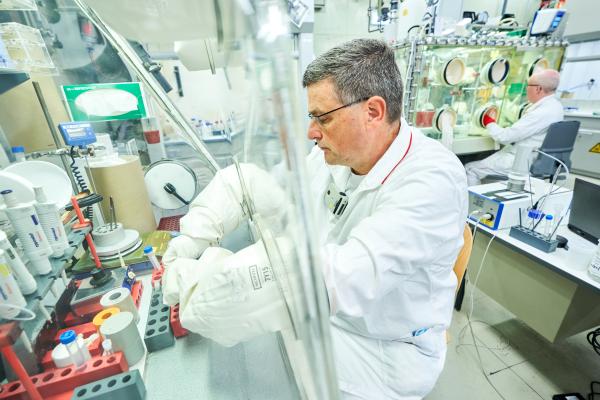
JRC 2022 estimates, published in the European Cancer Information System (ECIS), reveal that liver cancer is the 13th most diagnosed cancer and the 6th leading cause of cancer mortality in the EU. ECIS data show that men are approximately twice as likely to be diagnosed with liver cancer and die from it, compared to women. The lifetime risk of developing liver cancer is 1 in 91 for men, while for women it is 1 in 333.
In women, about two-thirds of all estimated liver cancer cases occurred after the age of 70, while in men, nearly half of all estimated new cases occurred between 45 and 69 years, with the other half over 70 years.
The estimated incidence and mortality rates of liver cancer in 2022 differed widely among EU countries, with some countries experiencing notably higher rates than others. This variation was found to occur in both sexes, with a more pronounced difference in rates among men.
These statistics underscore the importance of policy interventions. To address this growing concern, EU countries have implemented initiatives to tackle cancer burden, with an emphasis on mitigating risk factors and establishing screening programmes to detect cancer at earlier stages.
Healthier lifestyles and vaccination as top preventive measures
A new brief on liver cancer prevention illustrates EU's multifaceted approach to combating liver cancer, which mainly focuses on primary prevention measures.
Primary prevention involves reducing exposure to known risk factors and adopting lifestyle changes: diet, body weight, physical activity, tobacco smoking, and alcohol consumption (see the list of risk factors).
Reducing these risk factors not only decreases the incidence of liver cancer but also has many co-benefits. It enhances the prevention of a range of other non-communicable diseases, such as diabetes, cardiovascular diseases, and other types of cancer.
Liver cancer is also among the main cancers attributable to infections: in 2019, approximately 70% of liver cancers globally were attributed to viral infection with hepatitis B or C. Europe’s Beating Cancer Plan aims to ensure access to vaccination against hepatitis B, which is considered an effective measure to prevent and manage the burden of liver cancer. However, no vaccine exists against the hepatitis C virus, which also leads to liver cancer. The Plan supports improving access to treatments to prevent liver cancer associated with the hepatitis C virus.
Reducing the cancer burden for both patients and society
Prevention measures aim to reduce the liver cancer burden for both patients and society. The cost of liver cancer on its own was estimated at €4 billion in 2018 in 31 European countries (EU, Iceland, Norway, Switzerland, and the United Kingdom), representing 2% of the total cost of cancer in those countries that year.
To support governments, the Health Promotion and Disease Prevention Knowledge Gateway offers dedicated briefs of all tools in hand to facilitate the reduction of certain types of non-communicable diseases, including liver cancer.
Related links
Details
- Publication date
- 21 October 2024
- Author
- Joint Research Centre
- JRC portfolios





